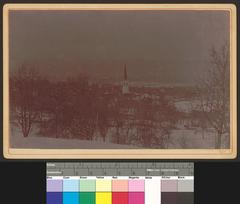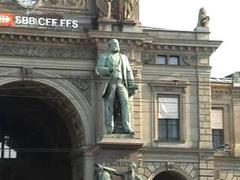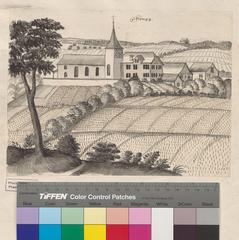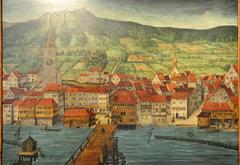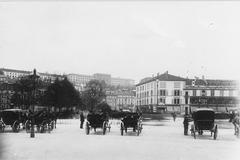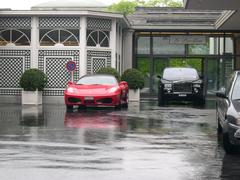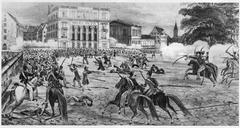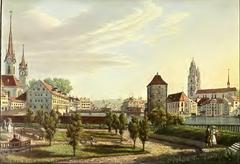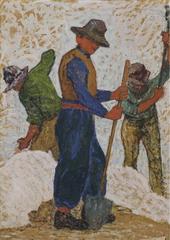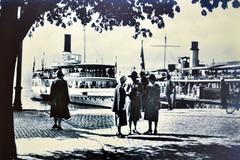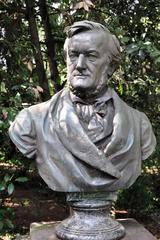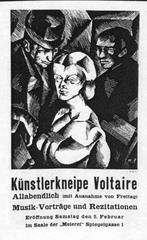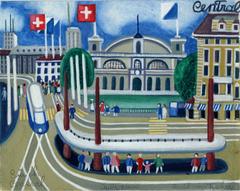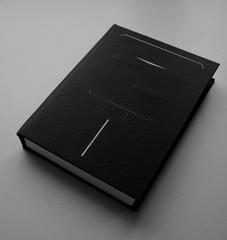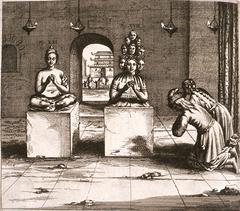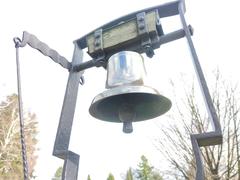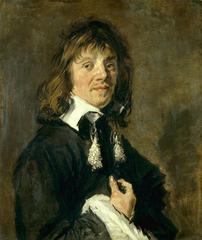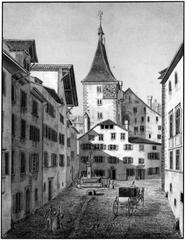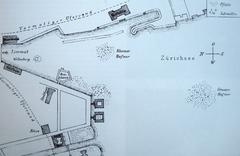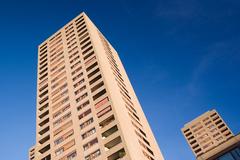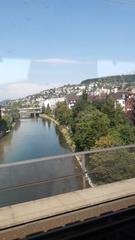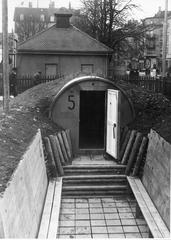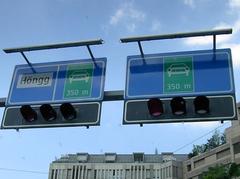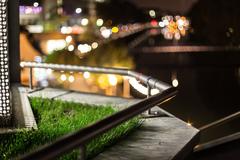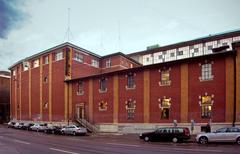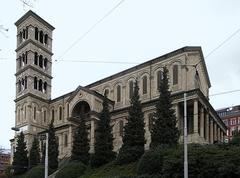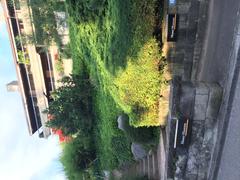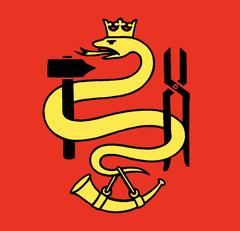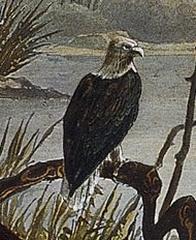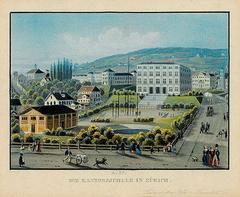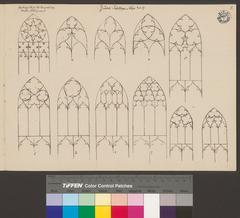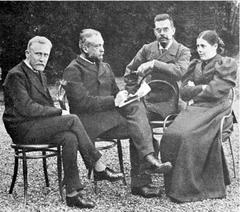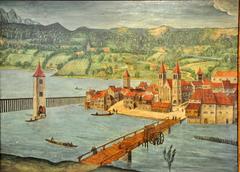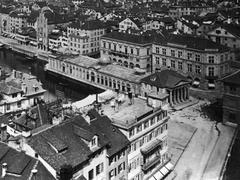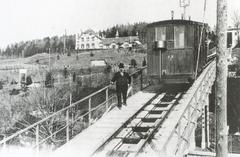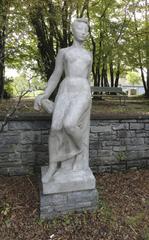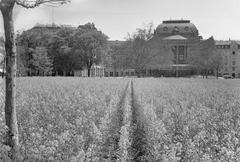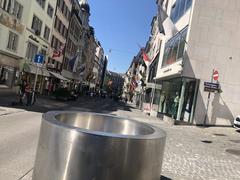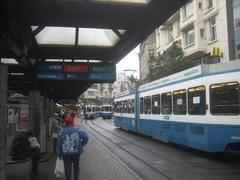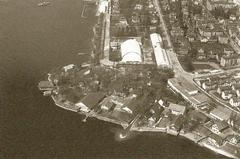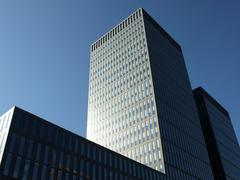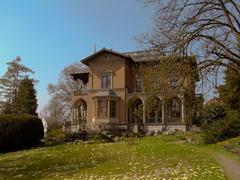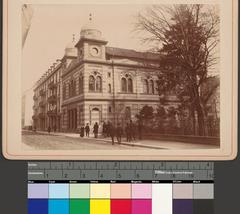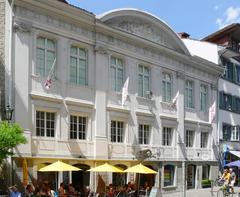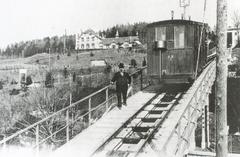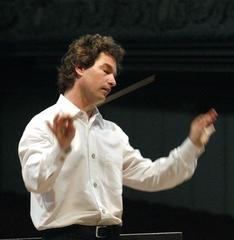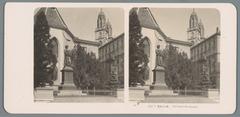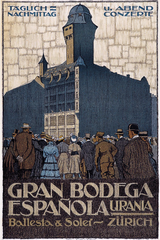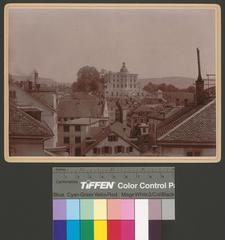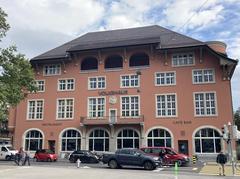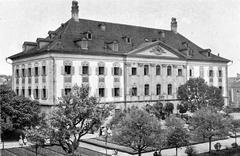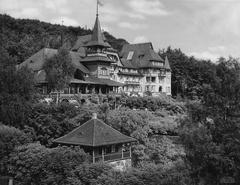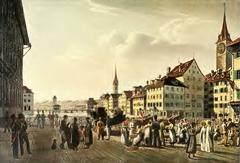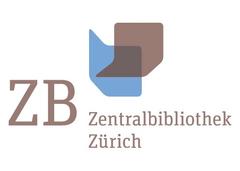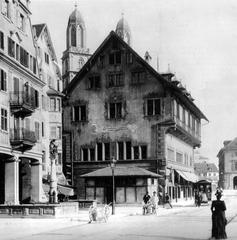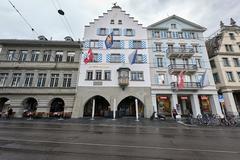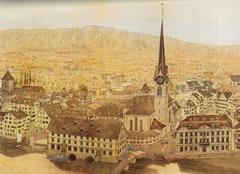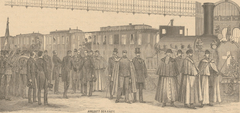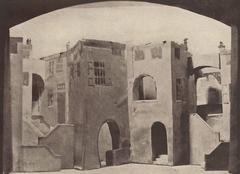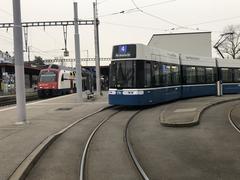Complete Guide to Visiting Münsterbrücke, Zurich, Switzerland: Visiting Hours, Tickets & Nearby Attractions
Date: 14/06/2025
Introduction
Münsterbrücke, spanning the Limmat River in the heart of Zurich’s Old Town, is more than just a crossing—it’s a living symbol of the city’s rich history, architectural heritage, and vibrant urban life. Connecting the iconic Fraumünster and Grossmünster churches, the bridge offers panoramic views, direct access to Zurich’s cultural highlights, and a unique atmosphere that blends centuries-old tradition with contemporary city life.
This guide provides a comprehensive overview of Münsterbrücke: its history, architectural details, visiting hours, accessibility, nearby attractions, practical travel tips, and frequently asked questions. Whether you are a history enthusiast, architecture lover, photographer, or a casual traveler, Münsterbrücke is an essential stop on your Zurich itinerary.
For further reading and imagery, refer to sources like stadt-zueri.ch and 360Cities.
Table of Contents
- Historical Background
- Architectural Features
- Visiting Information
- Nearby Attractions
- Events, Tours, and Photography
- Practical Tips
- FAQs
- Summary & Final Recommendations
- References
Historical Background
Roman and Medieval Origins
The site of Münsterbrücke has been a critical crossing over the Limmat River since Roman times, when Zurich (then Turicum) was a modest settlement and trading post. The Romans recognized the strategic value of this location, facilitating commerce and movement between both riverbanks (360Cities). During the Middle Ages, a wooden bridge—known as the “Obere Brücke”—stood here, linking the busy areas surrounding Fraumünster and Grossmünster. This crossing was central to city life, commerce, and defense (stadt-zueri.ch).
19th-Century Construction
By the early 19th century, Zurich’s growing population and expanding trade necessitated a more robust structure. Between 1836 and 1838, the current stone Münsterbrücke was constructed under the supervision of renowned engineer Alois Negrelli, with the collaboration of master builders Conrad Stadler, Johann Jakob Locher-Oeri, and stonemason Heinrich Staub (de.wikipedia; en.wikipedia). Its inauguration marked a turning point in Zurich’s urban development, as the bridge provided durable, wider access for both pedestrians and vehicles and integrated seamlessly with the evolving cityscape (360Cities).
Architectural Features
Münsterbrücke is a classic stone arch bridge, harmonizing with Zurich’s historical ambiance. Its four main arches span 15 meters (49 feet) each, complemented by a smaller arch crossing a former channel. The bridge’s foundation is a marvel of engineering, resting on 472 oak piles up to 15.6 meters long, encased for stability. Natural sandstone forms the primary construction material, with balustrades offering safety and visual elegance (en.wikipedia; trek.zone).
Traditional lantern-style streetlights line the bridge, creating a warm glow at night and enhancing its romantic charm. Its design aligns with the axes of Fraumünster and Grossmünster, highlighting both churches and framing some of Zurich’s best views (questoapp.com).
The bridge underwent restoration in the late 1990s and is listed as a cultural property of national importance (en.wikipedia).
Visiting Information
Visiting Hours and Tickets
Münsterbrücke is a public pedestrian bridge open 24 hours a day, 7 days a week. There is no entrance fee or ticket requirement at any time.
Accessibility
The bridge is fully accessible for wheelchairs and strollers, with gently sloped approaches and smooth stone surfaces. It is designed for pedestrians and cyclists, with minimal vehicular traffic.
How to Get There
- By Tram: Take lines 4 or 15 and alight at the Helmhaus stop, which is just steps from the bridge.
- By Train: From Zürich Hauptbahnhof (main station), it’s a 10–15 minute walk.
- By Car: Parking is available at Parkhaus City and other nearby garages (4–5 CHF/hour).
- On Foot: Located centrally in the Altstadt, the bridge is easily reached from all major Old Town attractions (The Crazy Tourist).
Nearby Attractions
- Fraumünster Church: Renowned for Chagall’s stained glass windows.
- Grossmünster Church: A symbol of Zurich’s Reformation history.
- Helmhaus: Contemporary art gallery at the bridge’s eastern end.
- Limmatquai: A lively promenade with cafés, shops, and historic guild houses.
- Wasserkirche: Another notable church just north of the bridge.
- Boat Cruises: Seasonal river cruises provide unique views of the bridge and Old Town (The Crazy Tourist).
Events, Tours, and Photography
- Guided Tours: Many Zurich Old Town walking tours feature Münsterbrücke. Book through local providers or visitor centers.
- Special Events: The bridge is often included in city festivals, markets, and public celebrations.
- Photography Tips: Early mornings or late afternoons yield the best light. Capture the bridge with both churches in the background, or photograph the evening lanterns reflected on the Limmat River.
Practical Tips
- Best Times to Visit: Spring and summer for flowers and outdoor events; early morning or evening for fewer crowds and dramatic views.
- Safety: Zurich is very safe, but watch your belongings in crowded areas.
- Weather: The bridge is exposed—bring an umbrella in case of rain, and wear appropriate shoes in winter.
- Amenities: Public restrooms are nearby at Bellevue and Grossmünster. Cafés and restaurants are plentiful in the Old Town.
- Sustainability: Use public transport to help reduce your carbon footprint (Wanderlust Storytellers).
FAQs
Q: What are the Münsterbrücke visiting hours?
A: Open 24/7, year-round.
Q: Is there an entrance fee or ticket required?
A: No, the bridge is free to access.
Q: Is the bridge wheelchair accessible?
A: Yes, with smooth surfaces and gentle slopes.
Q: Are there guided tours?
A: Yes, available through many city tour providers.
Q: What are the best times for photography?
A: Early morning, late afternoon, and evening for optimal light and atmosphere.
Q: How do I get there by public transport?
A: Tram lines 4 and 15 stop at Helmhaus, close to the bridge.
Q: Are there events on the bridge?
A: Yes, especially during city festivals and markets.
Summary & Final Recommendations
Münsterbrücke is far more than an architectural landmark; it’s a vibrant, accessible, and culturally rich destination at the very heart of Zurich. From its Roman roots and medieval iterations to the elegant 19th-century stone bridge you see today, it encapsulates Zurich’s evolution and enduring spirit. With free, round-the-clock access, seamless connections to public transport, and proximity to major historical and cultural sites, Münsterbrücke is perfect for both spontaneous visits and carefully planned explorations.
Don’t miss the panoramic views, lively atmosphere, and nearby highlights such as the Chagall windows in Fraumünster and the Reformation history at Grossmünster. For the latest updates, events, and travel tips, consult official sources like Zürich Tourism and the Swiss Inventory of Cultural Property. Plan your visit today and experience the essence of Zurich’s heritage.
References
- Münsterbrücke Zürich: History, Visiting Tips, and Nearby Attractions, 2025, Stadt Zürich (stadt-zueri.ch)
- Münsterbrücke Zurich: Visiting Hours, Tickets, and Historical Insights, 2025, Wikipedia and Trek.zone (en.wikipedia), (trek.zone)
- Münsterbrücke Visiting Guide: History, Architecture, and Tips for Exploring Zürich’s Iconic Bridge, 2025, Evendo (evendo.com)
- Münsterbrücke Visiting Hours, Tickets, and Guide to Zürich Historical Sites, 2025, The Crazy Tourist and Wanderlust Storytellers (The Crazy Tourist), (Wanderlust Storytellers)
- Zürich Tourism Official Site, 2025 (zuerich.com)
- Swiss Inventory of Cultural Property, 2025 (babs.admin.ch)
- ZSG Zürichsee-Schifffahrtsgesellschaft, 2025 (zsg.ch)
- World Guides: Zurich History, 2025 (world-guides.com)
- Additional imagery and virtual tours: (360Cities), (questoapp.com)
